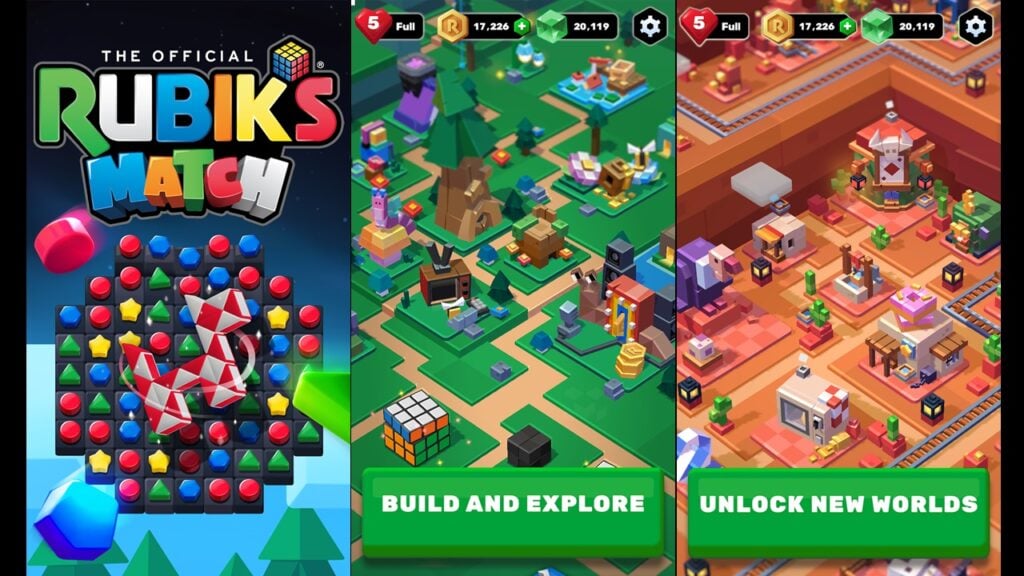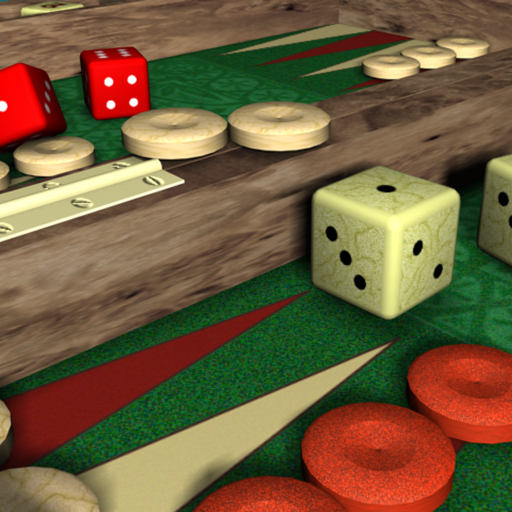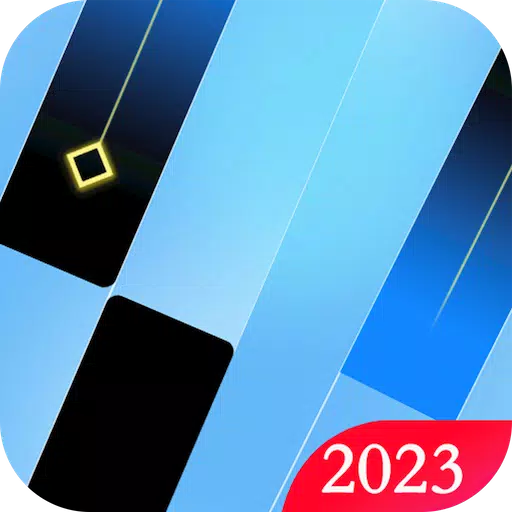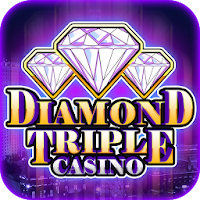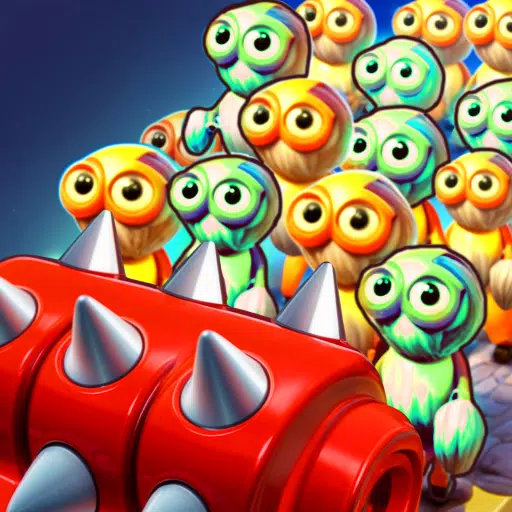"New Oblivion: Remake Look, Remaster Feel"
When Bethesda unveiled Oblivion Remastered earlier this week, my excitement was palpable. The 2006 journey through Tamriel, once marked by its quirky potato-faced characters and low-resolution landscapes, has now transformed into the most visually stunning entry in the Elder Scrolls series. Having been conditioned by numerous HD remasters like Mass Effect Legendary Edition and Dark Souls Remastered that often fall short of expectations, seeing the Imperial City reborn in Unreal Engine 5 with ray tracing was astonishing. The game not only boasts enhanced visuals but also includes significant upgrades to combat, RPG systems, and numerous other details. This led me to question whether Bethesda and Virtuos had misnamed it—shouldn't it be Oblivion Remake?
It turns out, I wasn't the only one with this thought. Many fans and even Bruce Nesmith, a senior designer from the original Oblivion team, have called it a remake, questioning the use of the term "remaster." However, after spending several hours with the game, it became clear that despite its remake-like appearance, Oblivion Remastered fundamentally plays like a remaster.
The reason *Oblivion* looks like a remake is due to the extensive work by Virtuos, who redesigned every single asset from scratch. From trees to swords to crumbling castles, everything you see on screen is brand new, meeting modern graphical expectations with stunning textures, lighting, and a new physics system that adds realism to every interaction. While the characters are the same as in 2006, every NPC model has been recreated, making it a visual marvel that aligns with 2025 standards. If I had seen this before the remaster rumors, I might have mistaken it for *The Elder Scrolls 6*.Yet, it's not just about visuals. Combat has been refined, making swordplay feel more substantial. The third-person camera now includes a functional reticule, and all menus, from the quest journal to minigames, have been updated. The original leveling system has been replaced with a more logical hybrid from Oblivion and Skyrim, and players can finally sprint. With such significant changes, one might argue it's more of a remake.
However, the debate over whether it's a remake or remaster comes down to semantics. Industry standards for these terms are nebulous, and publishers often use them interchangeably. For instance, Rockstar's "Definitive Edition" remasters of the Grand Theft Auto trilogy are still recognizably from the PlayStation 2 era, while the Crash Bandicoot N. Sane Trilogy, also labeled a remaster, features entirely new assets. Remakes like Shadow of the Colossus and Demon's Souls by Bluepoint are faithful rebuilds, while Resident Evil 2 and Final Fantasy 7 Remake offer significant redesigns. The traditional view was that a remake rebuilt the game from scratch in a new engine, whereas a remaster was a more limited upgrade within the original technology. Yet, these definitions are becoming outdated. Today, a remaster might be seen as a graphical overhaul that retains the original game's design with minor gameplay enhancements, while a remake involves a complete redesign.
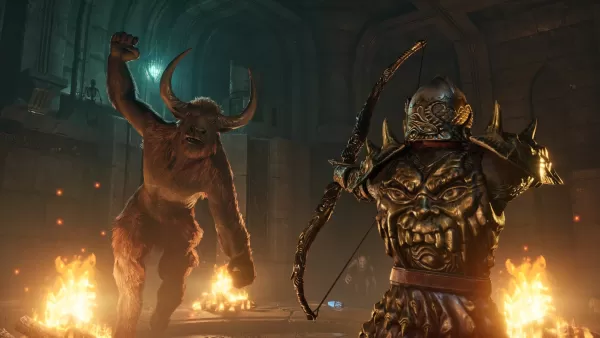 New lighting, fur, and metallic effects are just the tip of the iceberg of Oblivion Remastered's changes. Image credit: Bethesda / VirtuosBy these definitions, Oblivion Remastered is aptly named. Its new assets and Unreal Engine 5 ray tracing give it a fresh look, but underneath, it retains the core mechanics and quirks of the 2006 game. Bethesda emphasized that while they upgraded every part, they never wanted to change the core, ensuring it still feels like a game from a previous era.
New lighting, fur, and metallic effects are just the tip of the iceberg of Oblivion Remastered's changes. Image credit: Bethesda / VirtuosBy these definitions, Oblivion Remastered is aptly named. Its new assets and Unreal Engine 5 ray tracing give it a fresh look, but underneath, it retains the core mechanics and quirks of the 2006 game. Bethesda emphasized that while they upgraded every part, they never wanted to change the core, ensuring it still feels like a game from a previous era.
This is evident in its loading screens, the baffling persuasion minigame, the simplistic city designs, the awkward NPC interactions, and the still somewhat unwieldy combat. Even the bugs and glitches that give Oblivion its charm have been preserved.
Compared to modern games like Obsidian's Avowed, which showcases advanced combat and exploration mechanics, Oblivion Remastered feels dated in its finer details. Yet, the magic of its world, its expansive fields filled with mysteries, and its ambitious quests still hold up well. Its old-school approach to player freedom feels refreshing, but the dialogue, system integration, and level design are clearly from another era. A true remake would update these elements, but Oblivion Remastered is about reliving the original experience with enhanced visuals.
AnswerSee ResultsIn the film industry, remakes are new productions with new casts and scripts, while remasters enhance existing films to meet modern standards. *Oblivion Remastered* is akin to a 4K restoration of a classic film—pushing visual quality to the limit but preserving the essence of the original. Alex Murphy from Virtuos likened the game engine to the brain and Unreal 5 to the body, emphasizing that the core gameplay and world logic remain the same.Oblivion Remastered is exactly what it claims to be, and this should not diminish its achievements. It should serve as the benchmark for remasters from other major AAA developers. Unlike Mass Effect Legendary Edition or Grand Theft Auto: The Trilogy, which felt like mere re-releases or cash grabs, Oblivion Remastered is a labor of love that looks like a remake but plays like a remaster, honoring the original while bringing it into the modern era.
-
1
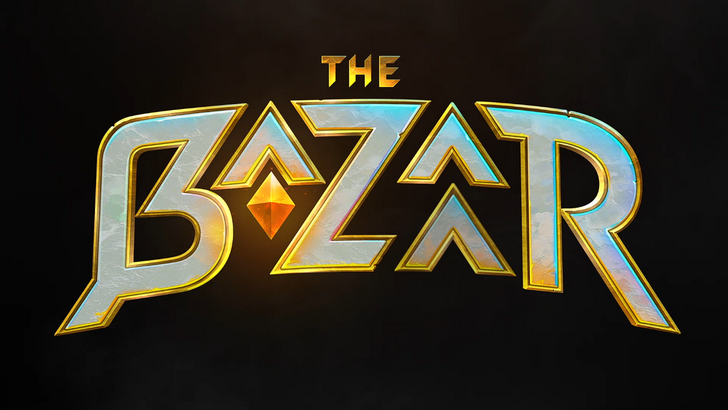
Announcing the Bazaar Release: Date and Time Unveiled
Feb 02,2025
-
2

Marvel Rivals Update: News and Features
Feb 19,2025
-
3

GTA 6 Release: Fall 2025 Confirmed
Feb 23,2025
-
4
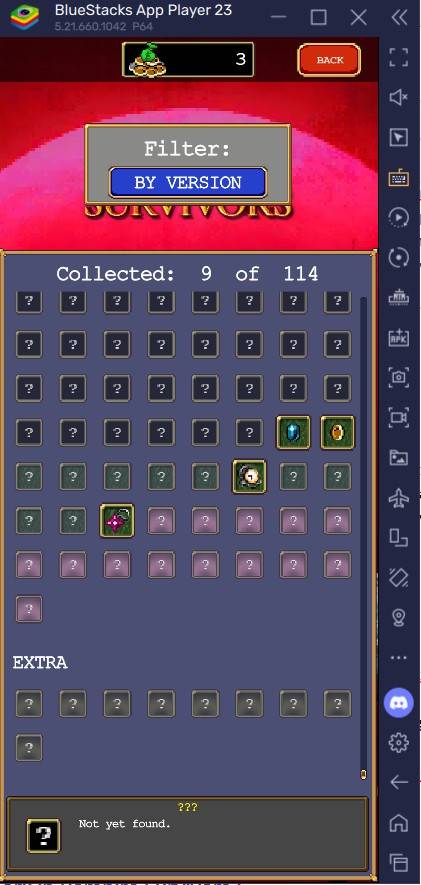
Vampire Survivors – Arcana Card System Guide and Tips
Feb 26,2025
-
5

Novel Rogue Decks Android Debut
Feb 25,2025
-
6
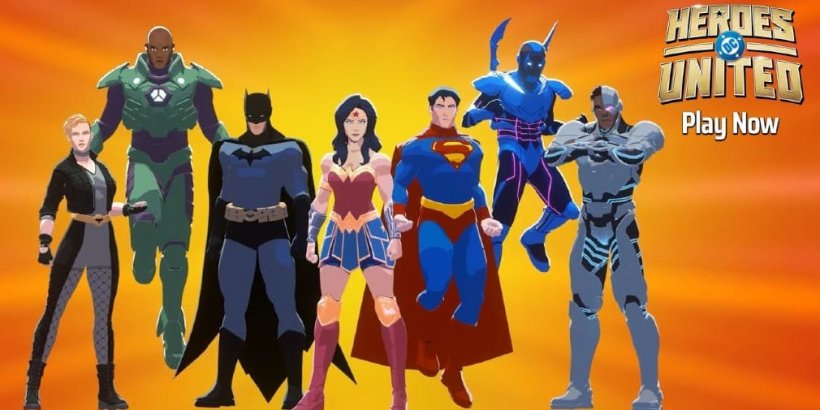
DC Heroes Unite: New Series from Silent Hill: Ascension Creators
Dec 18,2024
-
7
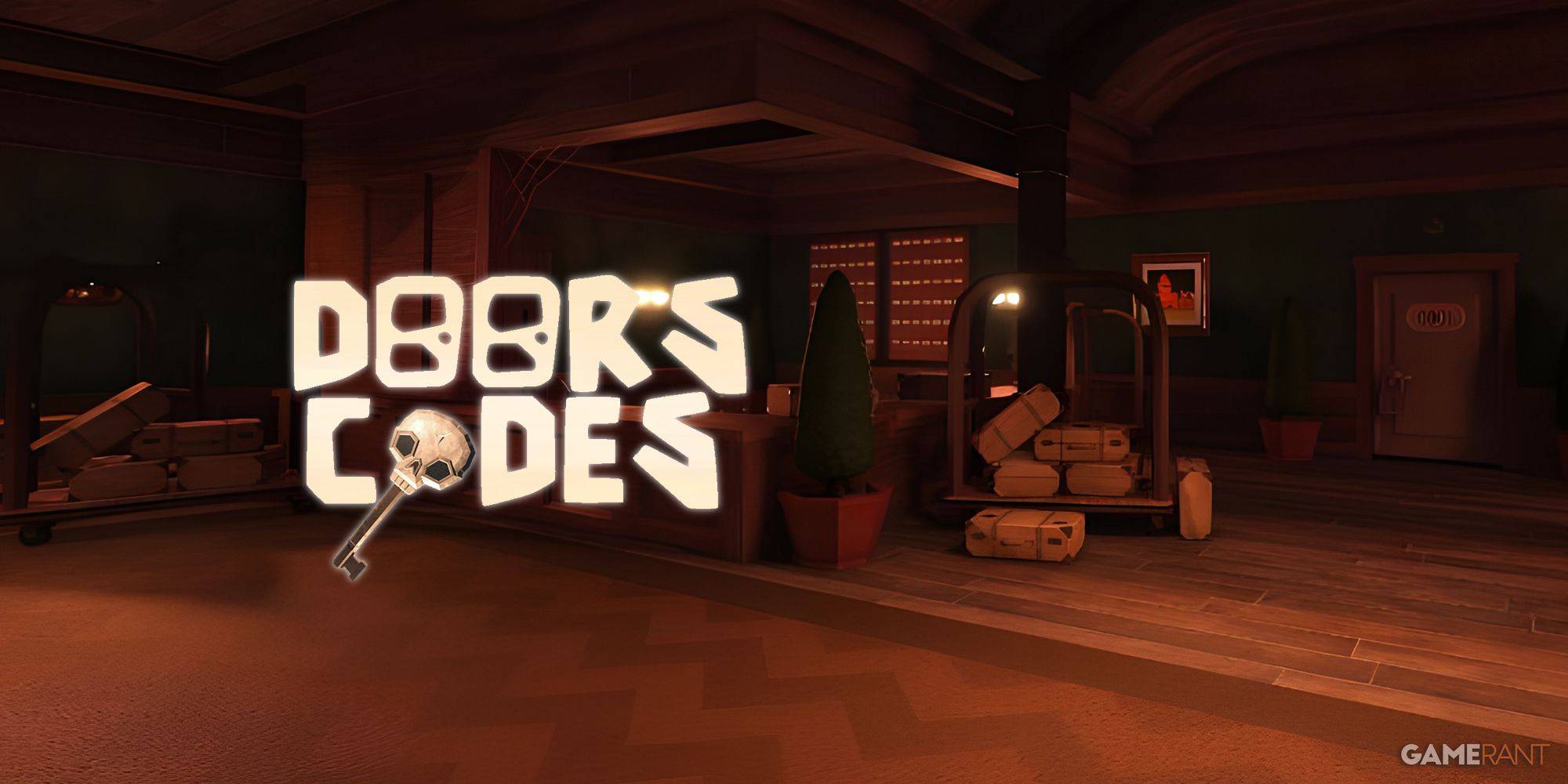
Get Exclusive Roblox DOORS Codes for January 2025
Feb 10,2025
-
8

Marvel Rivals Unveils Season 1 Release Date
Feb 02,2025
-
9

WWE 2K25: Long-Awaited Return
Feb 23,2025
-
10

Anime Fate Echoes: Get the Latest Roblox Codes for January 2025
Jan 20,2025
-
Download

Street Rooster Fight Kung Fu
Action / 65.4 MB
Update: Feb 14,2025
-
Download
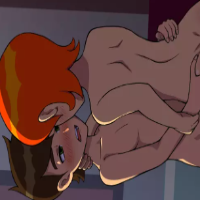
Ben 10 A day with Gwen
Casual / 47.41M
Update: Dec 24,2024
-
Download

A Simple Life with My Unobtrusive Sister
Casual / 392.30M
Update: Dec 10,2024
-
4
Mega Jackpot
-
5
Day by Day
-
6
The Lewd Knight
-
7
Translate - Voice Translator
-
8
VPN Qatar - Get Qatar IP
-
9
Chewy - Where Pet Lovers Shop
-
10
Kame Paradise

